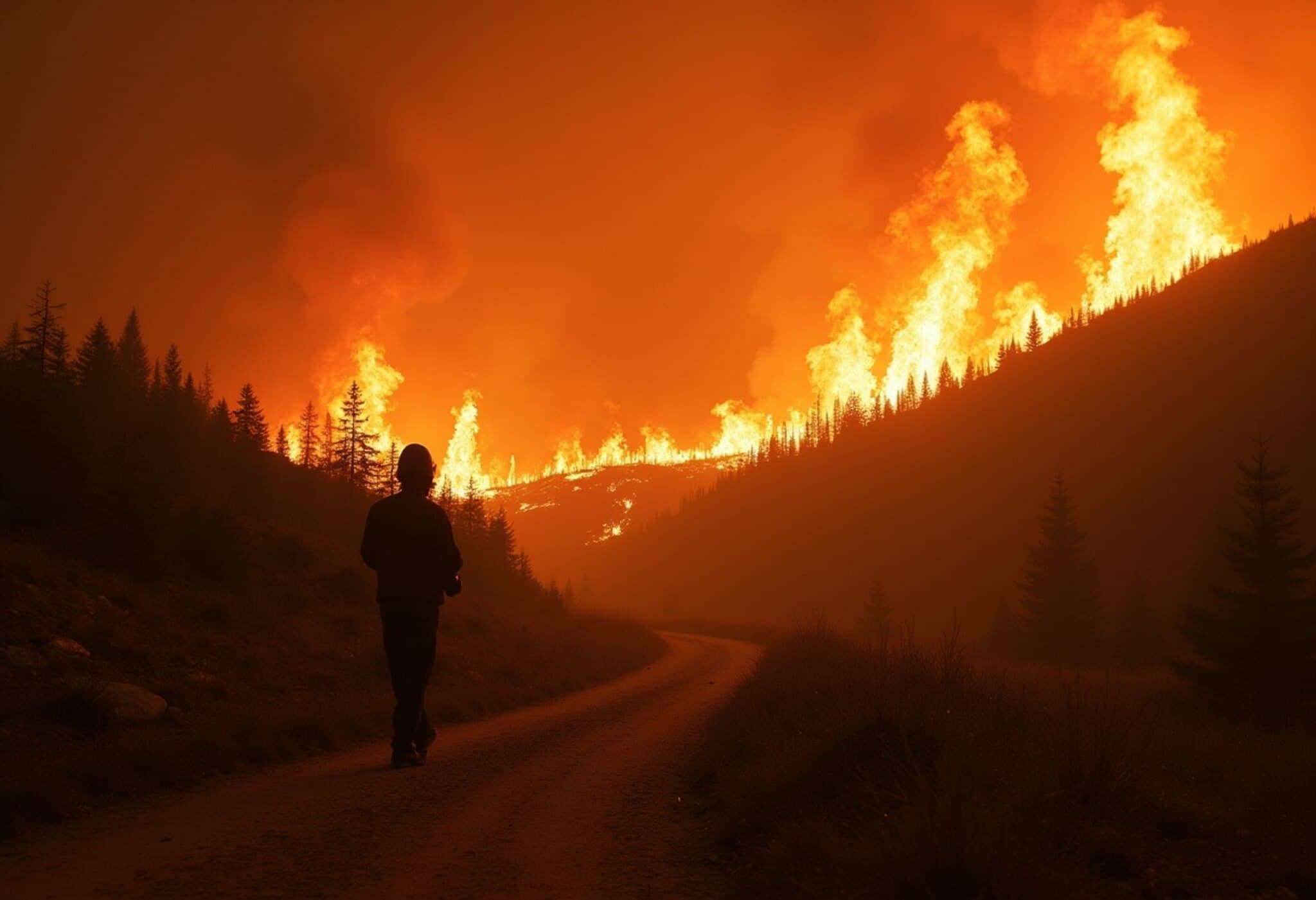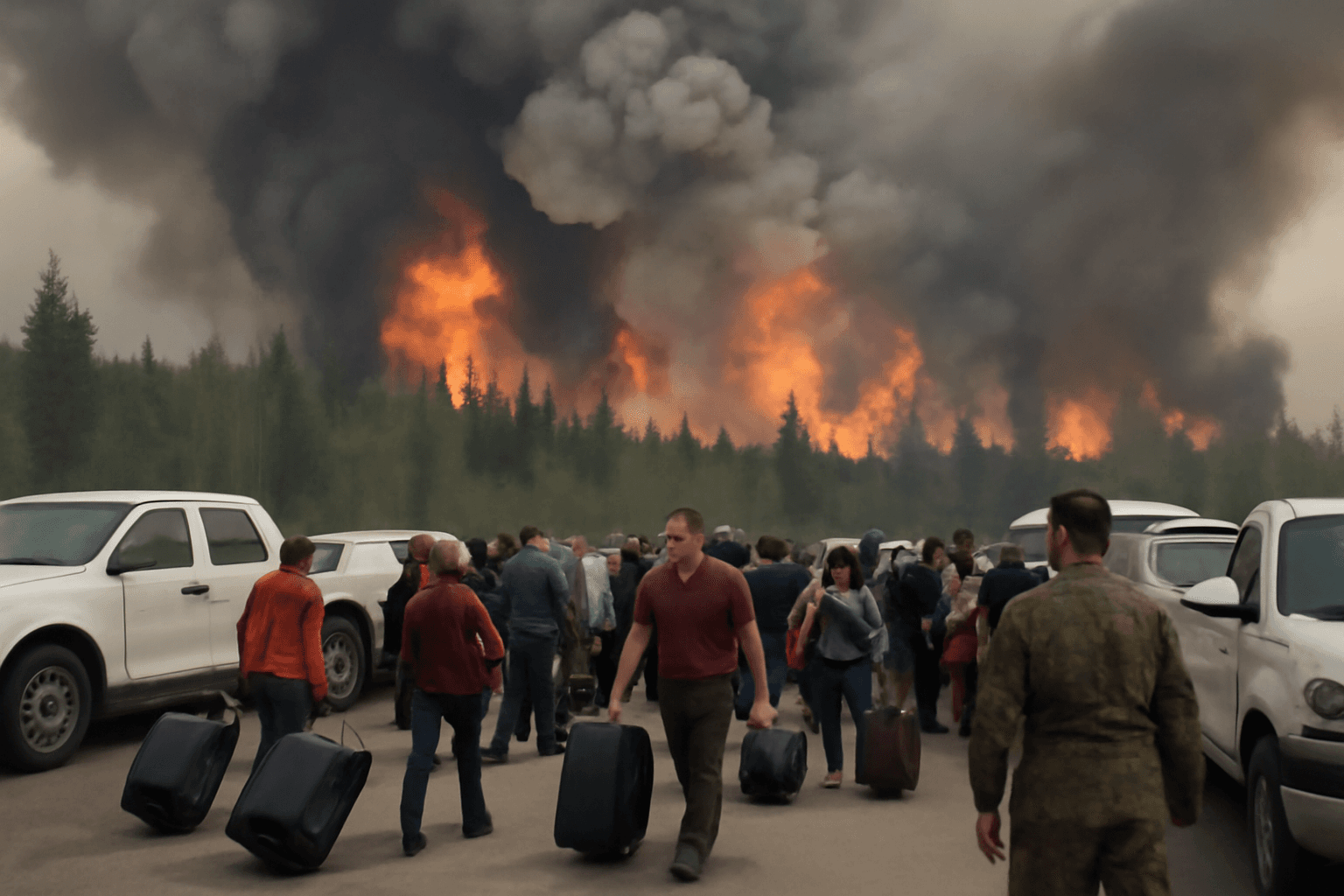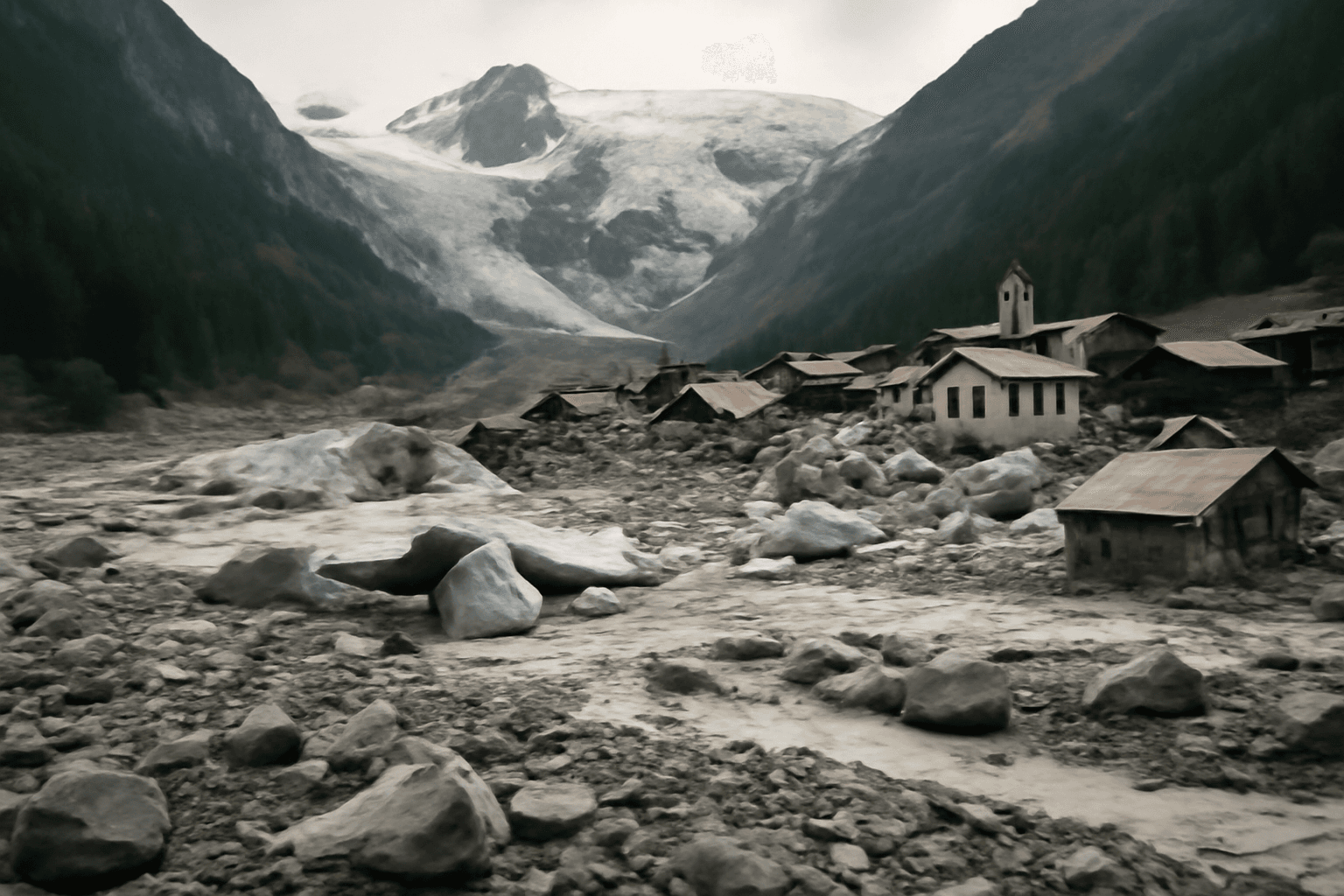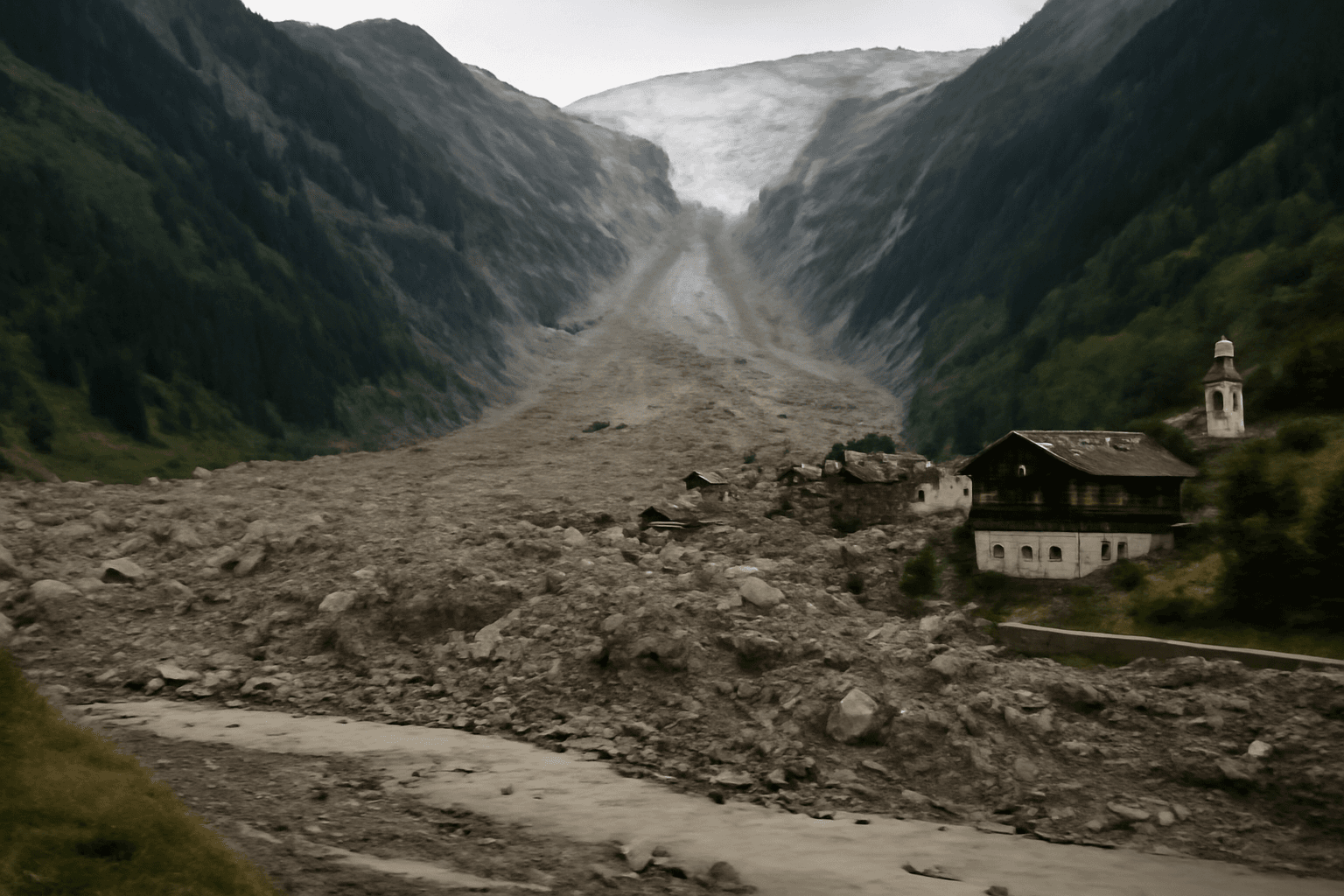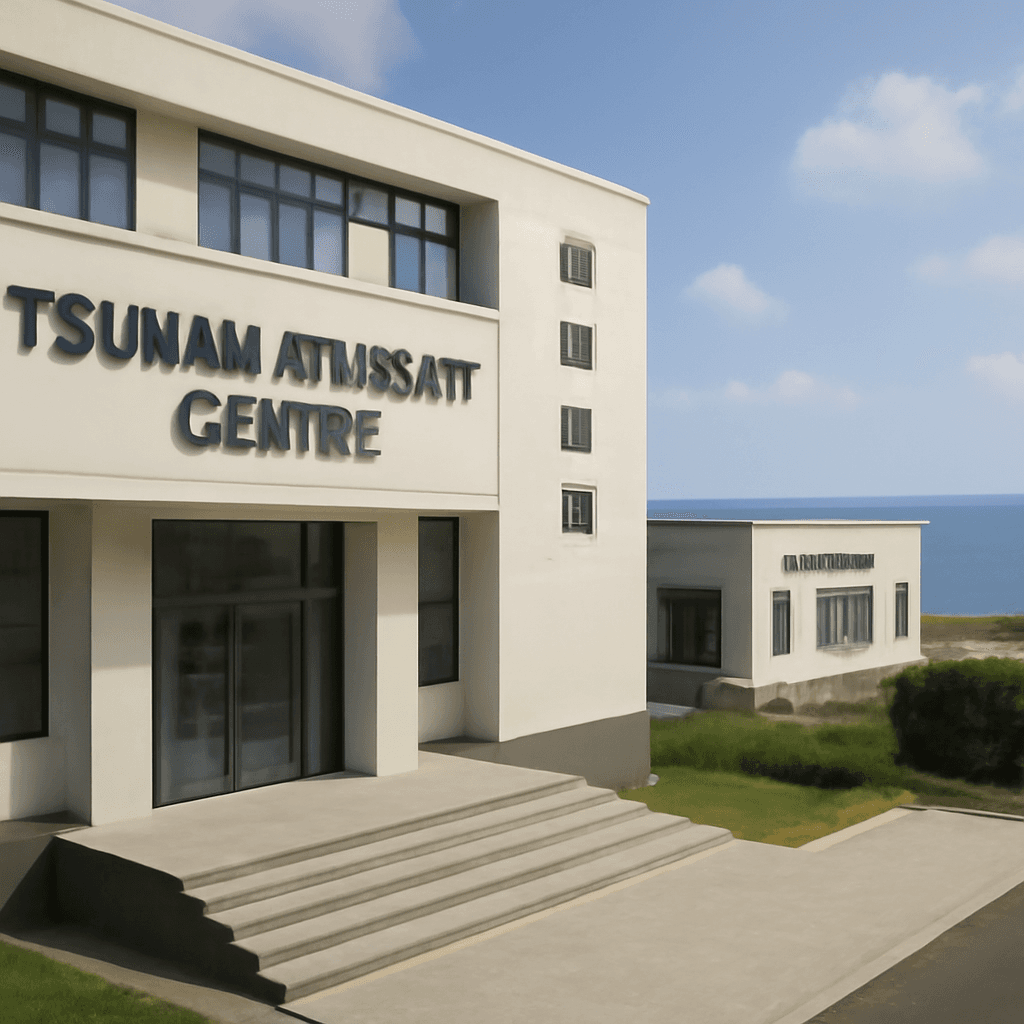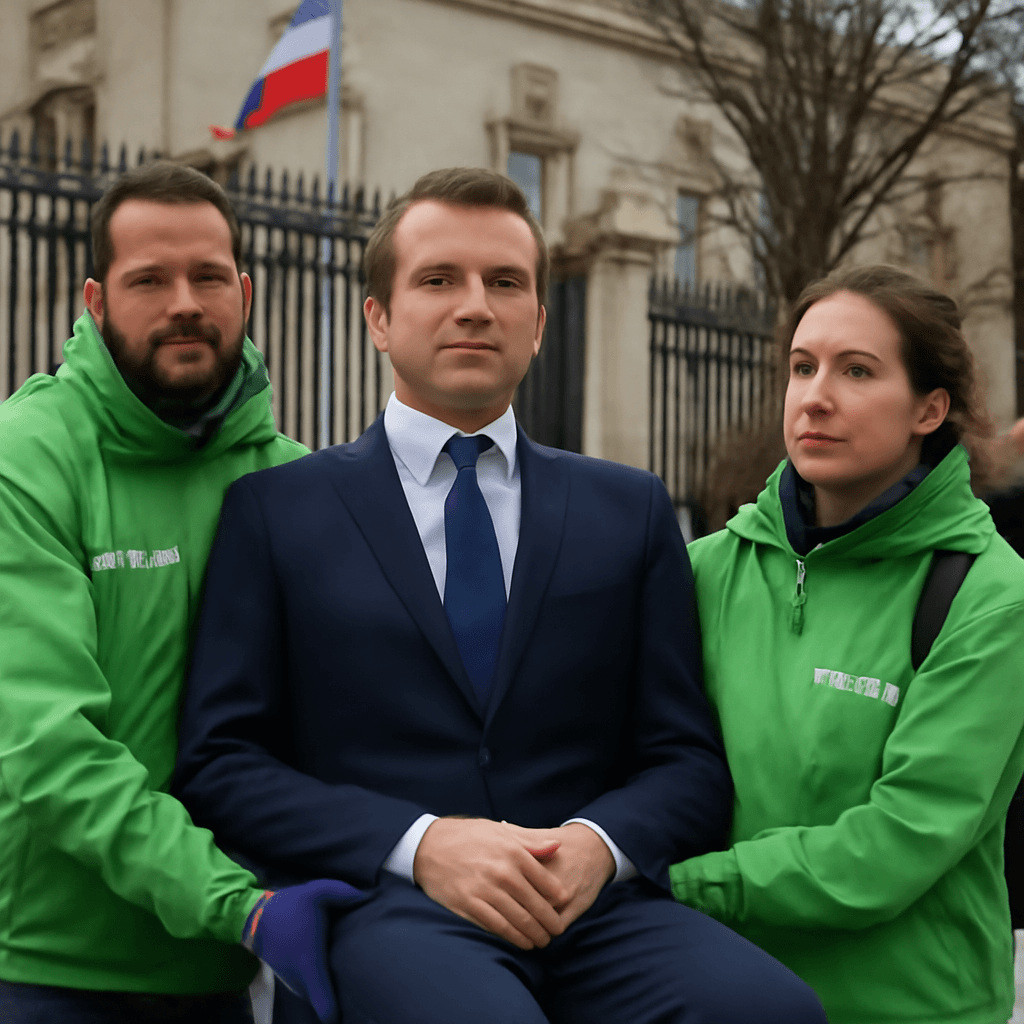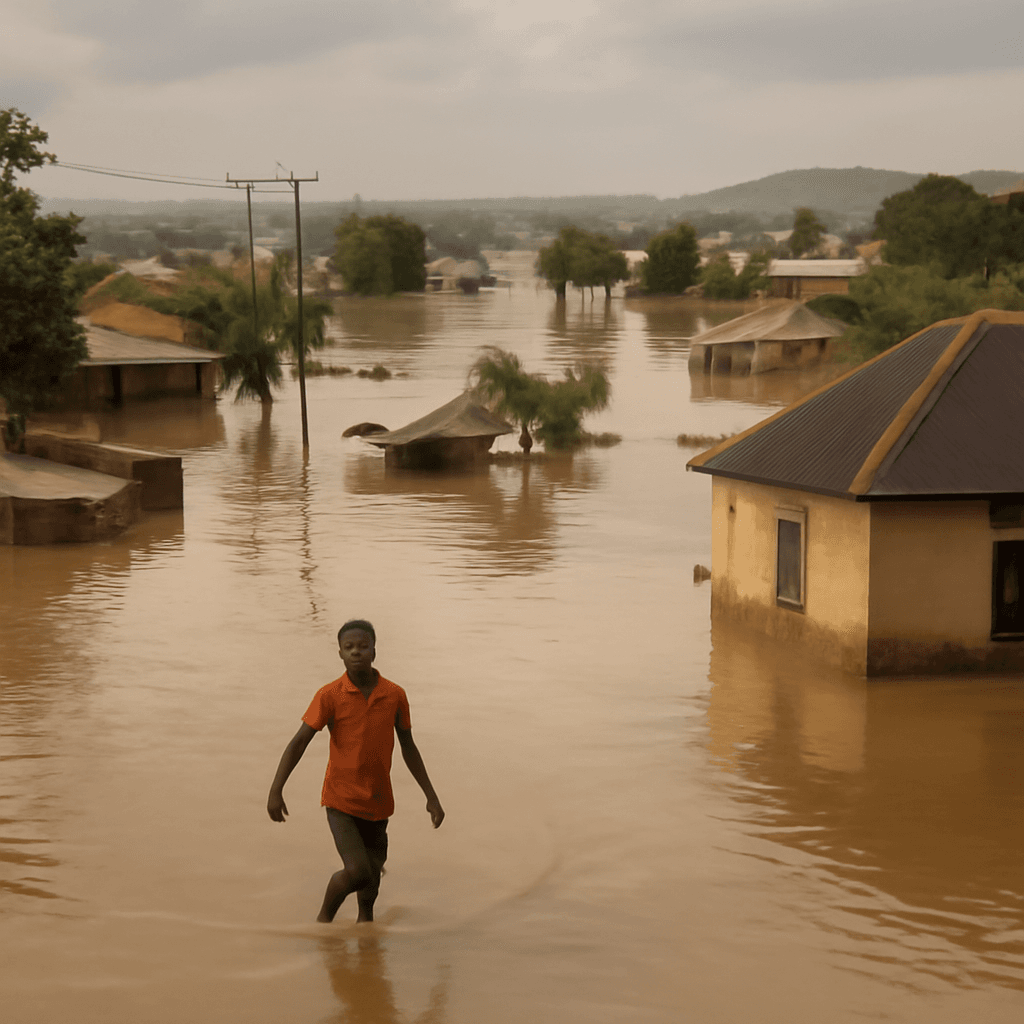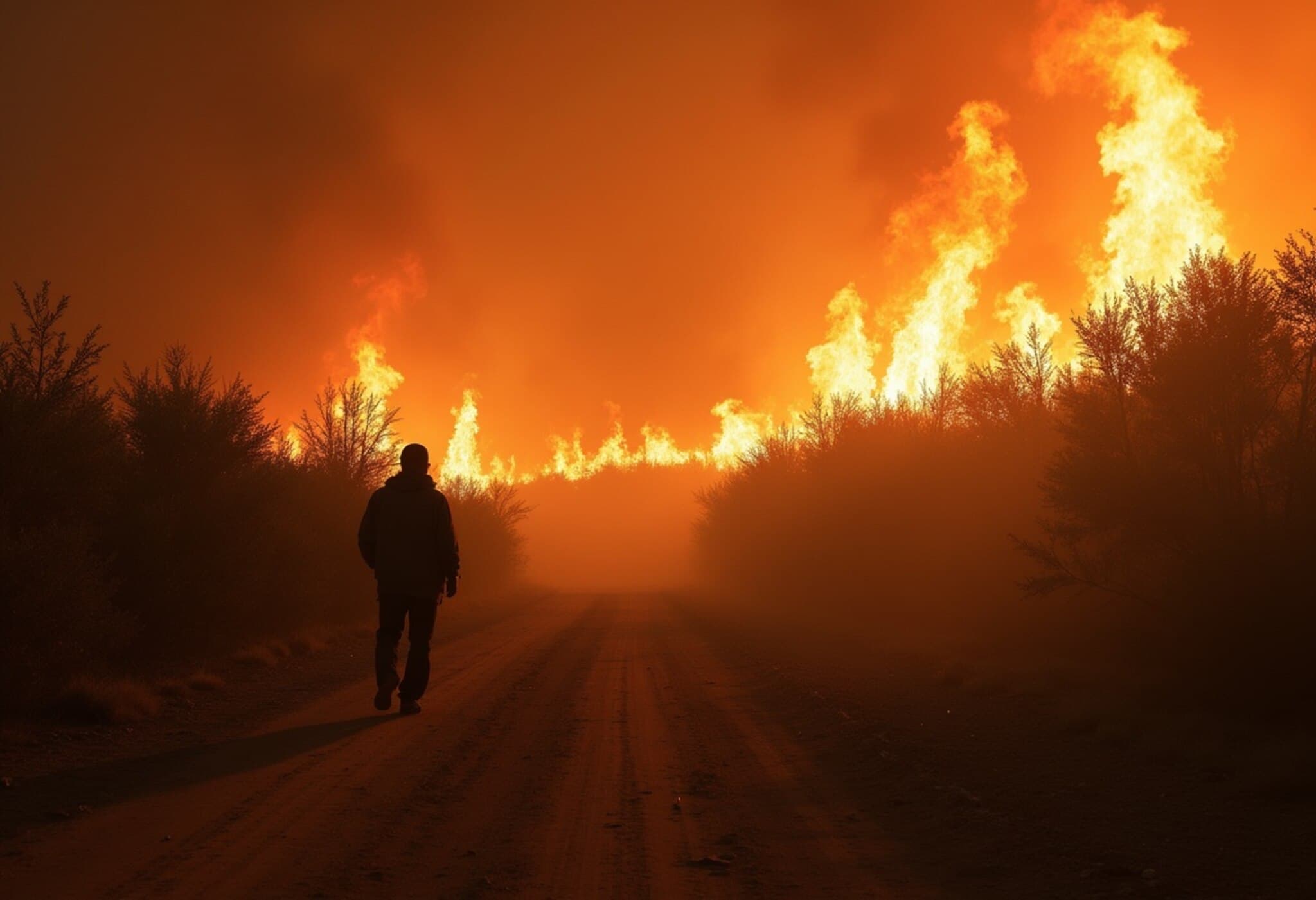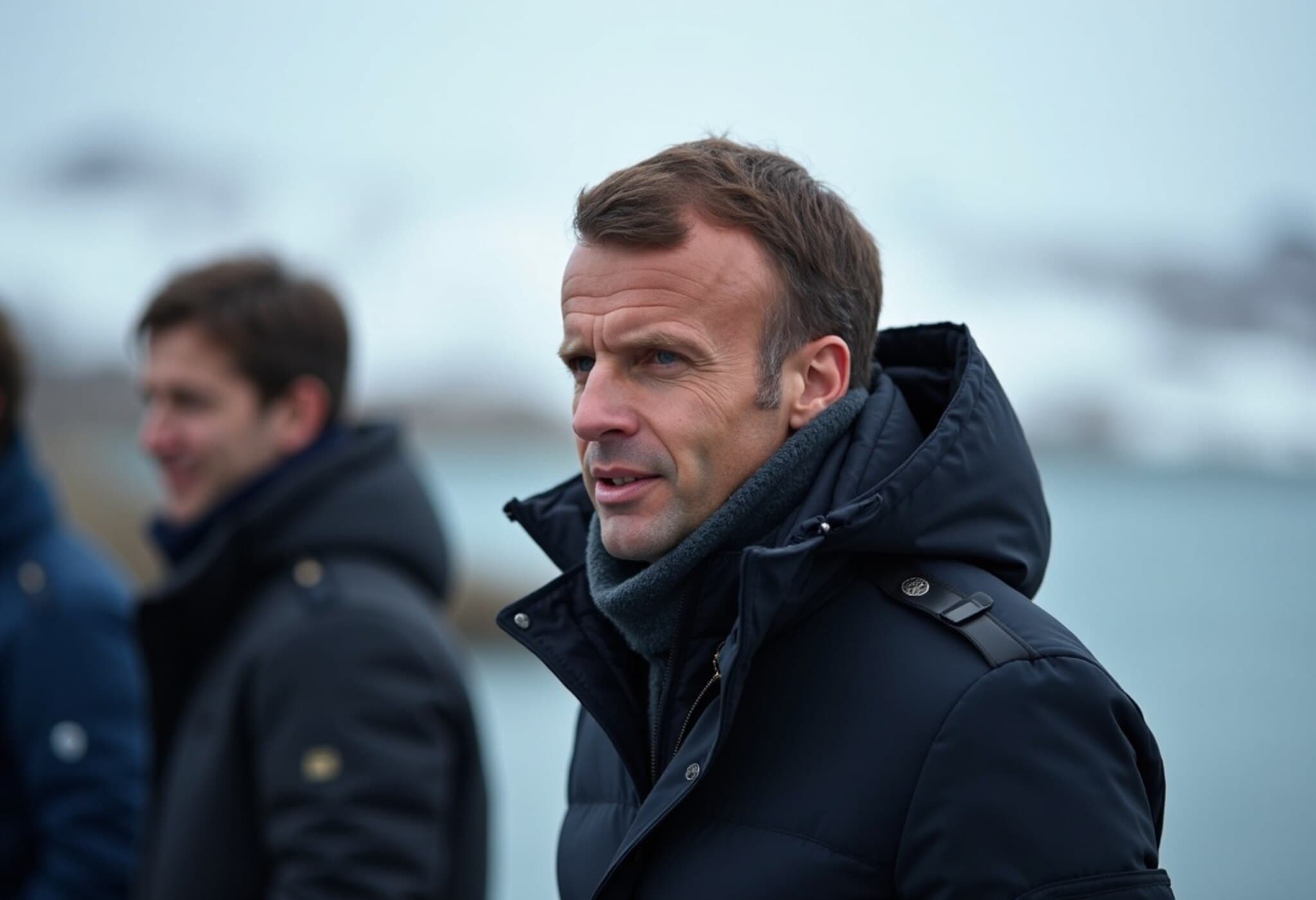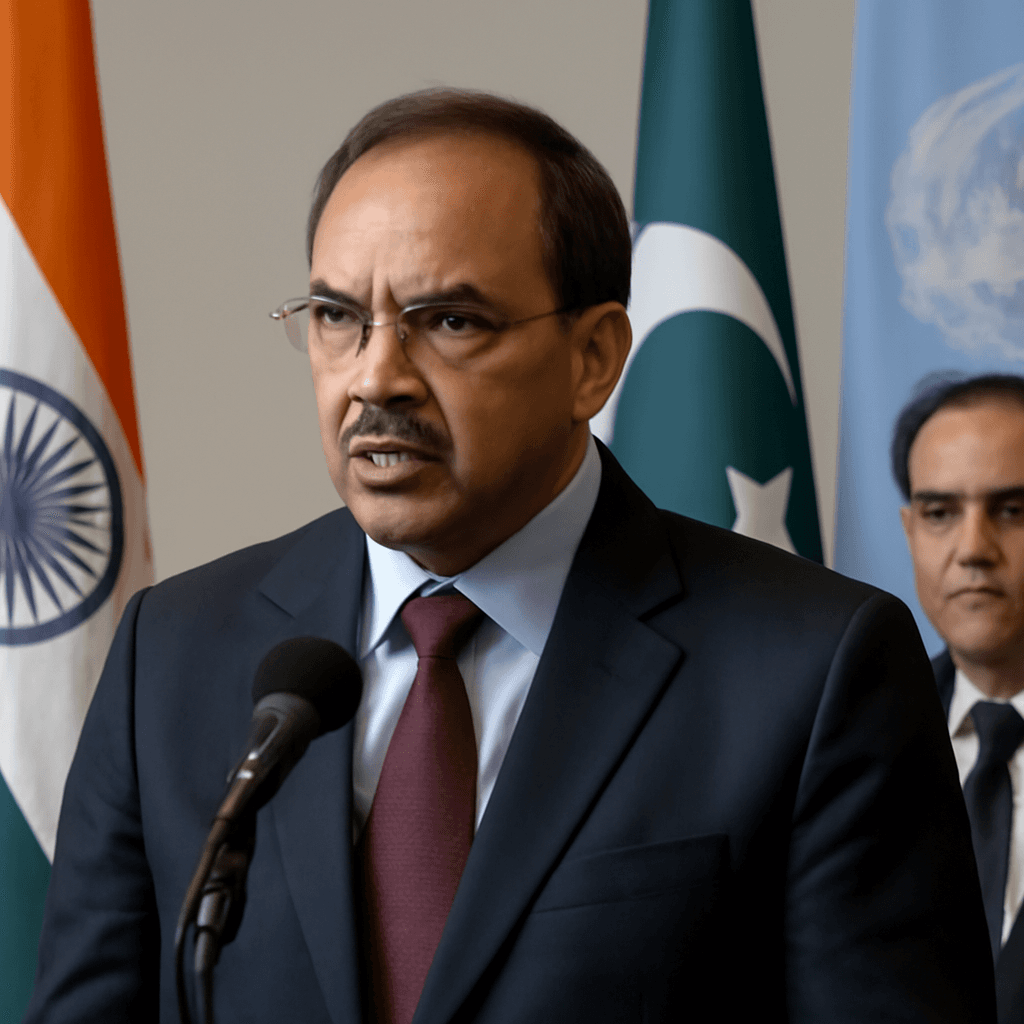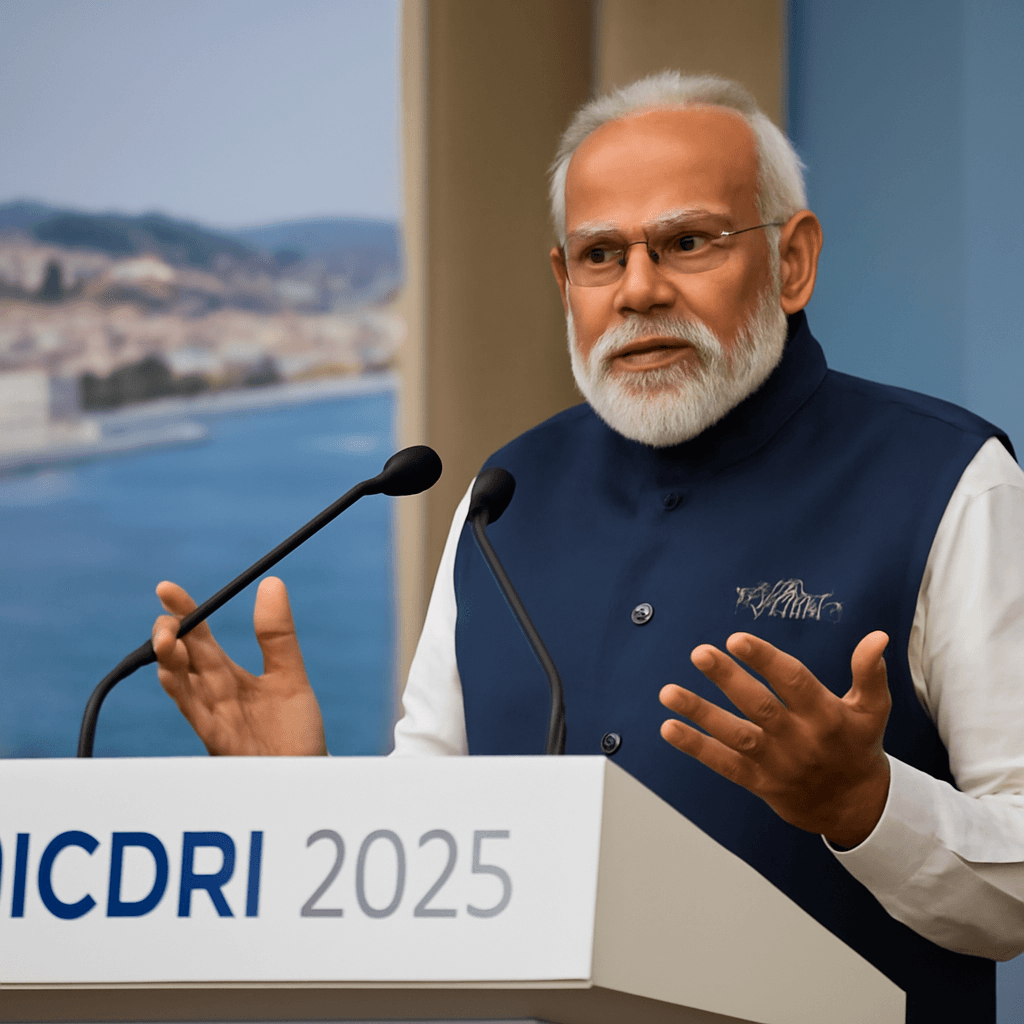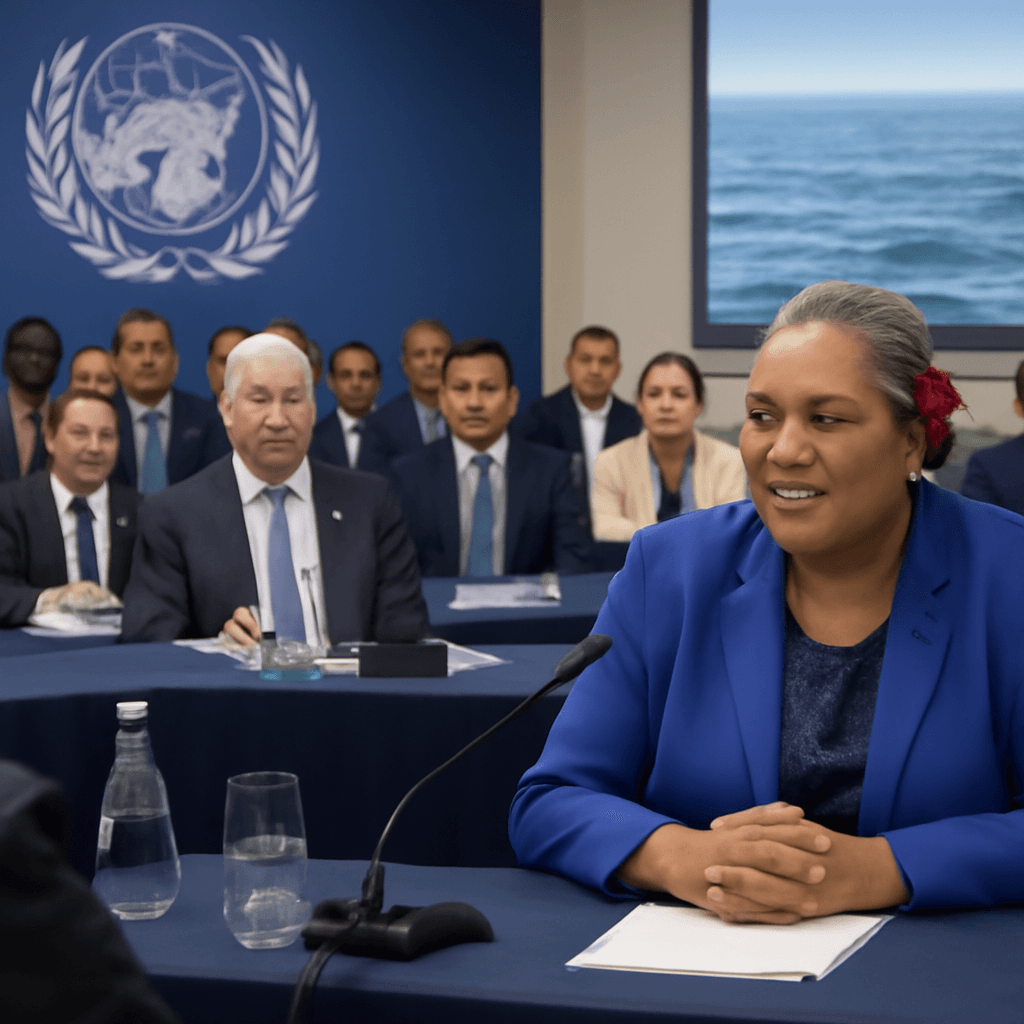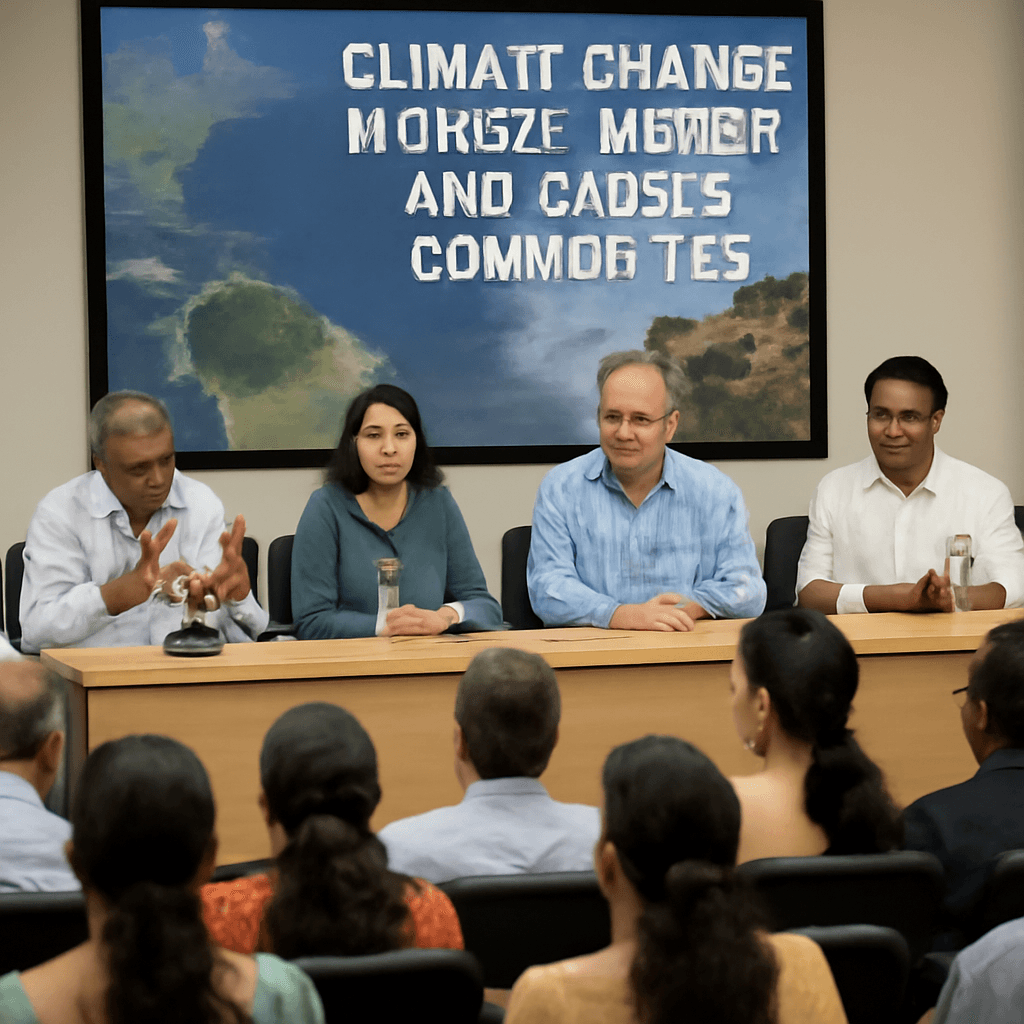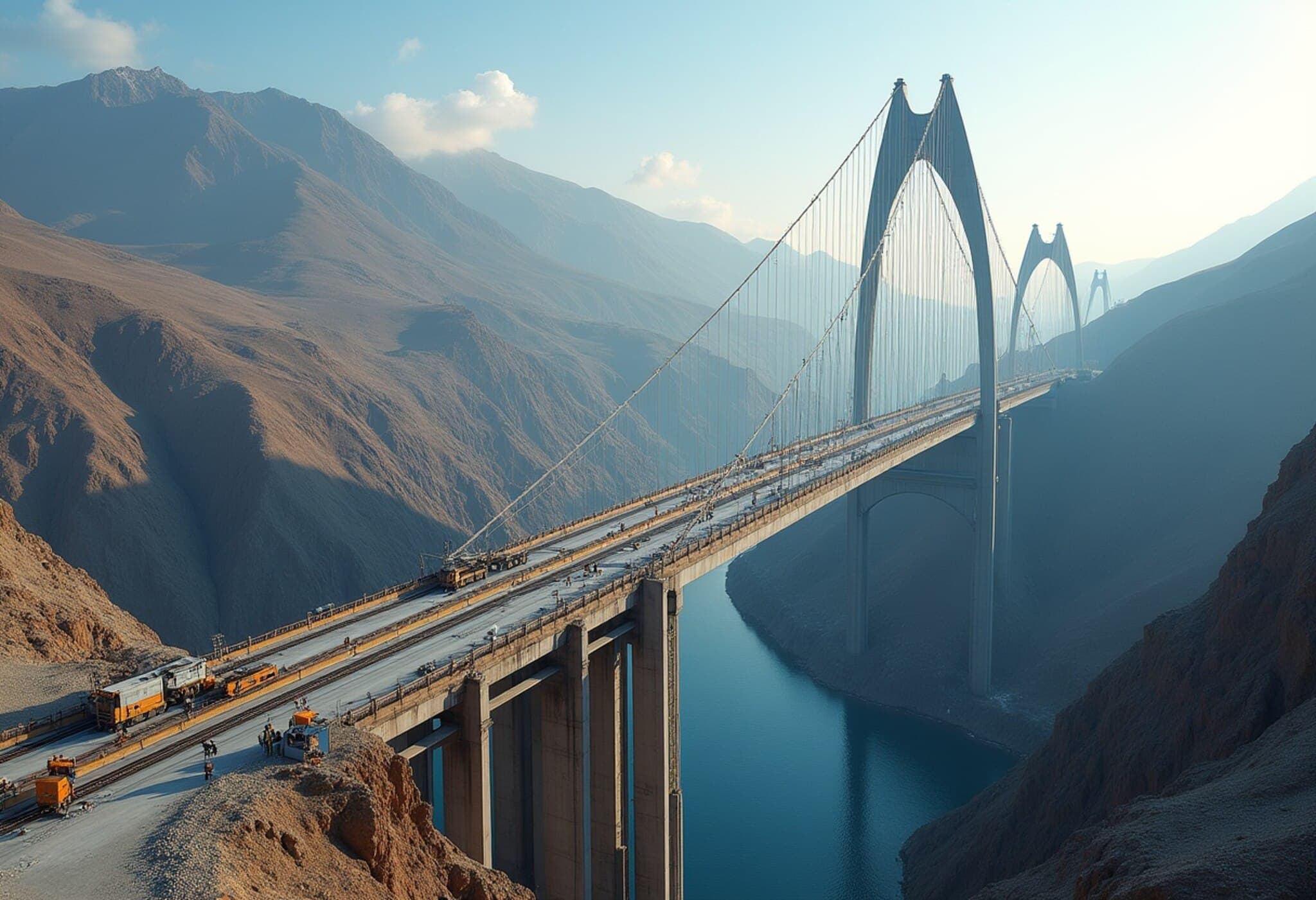Spain Edges Towards Containing Deadly Wildfires After Historic Blaze Season
After weeks of relentless and devastating wildfires scorching an unprecedented 403,000 hectares across its landscape, Spain is finally nearing control of this catastrophic fire crisis. The wildfires, which tragically claimed the lives of four people, have stretched firefighting resources to their limits during an exceptional heatwave that pushed temperatures above 40°C for two consecutive weeks.
A Long Battle Against Flames Amid Scorching Conditions
Virginia Barcones, head of Spain's Civil Protection and Emergencies Service, addressed the nation via the state network TVE on Saturday, expressing cautious optimism. "The situation is improving, and the number of active fires has decreased significantly," she said. Yet, she warned that the remaining blazes remain "treacherous," and a concerted final effort is essential to fully contain the fires.
Wildfires have ravaged the northern and western regions, especially Castile and Leon, Extremadura, and Galicia. These areas have borne the brunt of the flames, fueled by prolonged drought and severe heat that are becoming emblematic of an intensifying climate crisis.
Human and Environmental Factors Compound Fire Risks
Experts note that beyond climate drivers, social and economic trends have rendered Spain's rural landscapes more vulnerable. Decades of rural depopulation, an aging population, and declining traditional agricultural practices such as livestock grazing have led to unmanaged vegetation buildup. This, in turn, creates vast forests ripe with combustible material, making fire prevention and containment an uphill battle.
The European Forest Fire Information System (EFFIS) confirms that Spain is experiencing its worst wildfire season on record since 2006. Alarmingly, Spain is among four EU countries—alongside Cyprus, Germany, and Slovakia—facing similarly devastating fire years, illustrating a continent-wide challenge exacerbated by climate change.
Current Status and Ongoing Challenges
- As of now, 18 fires remain active; all but one are classified at operational level 2, indicating significant threats to communities and property.
- The fire in Iguena, located in northwest Castile and Leon, is a particular concern for authorities.
- Improving weather conditions, including weakened strong winds, have aided firefighting efforts, allowing partial re-entry of evacuated residents since Friday in some affected villages.
Despite these improvements, substantial risks linger, necessitating vigilance and sustained emergency response.
Political Fallout and Broader Implications
The crisis has ignited political tensions. The conservative Popular Party accuses Prime Minister Pedro Sánchez’s socialist government of withholding aid from regions governed by opposition parties, reflecting the fraught interplay between disaster response and political dynamics in Spain.
This wildfire season is a stark illustration of the growing challenge posed by climate change and demographic shifts. Scientists emphasize that rising global temperatures are intensifying heatwaves, reducing humidity, and drying out forests, thereby making wildfires more frequent, ferocious, and harder to control.
Expert Perspectives: A Turning Point for Spain’s Fire Management?
Dr. Lucia Marquez, a climate policy analyst at the University of Madrid, remarks, "Spain’s wildfire crisis underscores a critical crossroads. Beyond emergency firefighting, there must be an integrated approach combining rural revitalization, forest management, and aggressive climate policies to adapt to our new reality." She adds, "Neglecting rural areas not only endangers ecosystems but also the cultural fabric and economic vitality of these regions."
Meanwhile, economic analysts warn that the destruction to agriculture, tourism, and local economies could have lingering effects, with recovery demanding coordinated public-private initiatives.
Looking Ahead: Lessons and Urgent Questions
As Spain moves closer to extinguishing these record-setting wildfires, the situation invites broader reflection:
- How will policy makers balance immediate disaster response with long-term land management reforms?
- What investments are necessary to strengthen rural communities and combat depopulation?
- In what ways can Spain lead the EU in wildfire resilience and climate adaptation?
Addressing these questions will be vital not only for Spain’s future but also as a model in the face of global climate challenges.
Editor’s Note
This wildfire season has been a harsh reminder of the intricate ties between climate, society, and governance. Spain’s near victory over these blazes signals hope but also calls for urgent action on ecological stewardship and social renewal. Readers are encouraged to consider how evolving climate realities demand holistic, community-centered approaches to wildfire prevention and rural rejuvenation.

